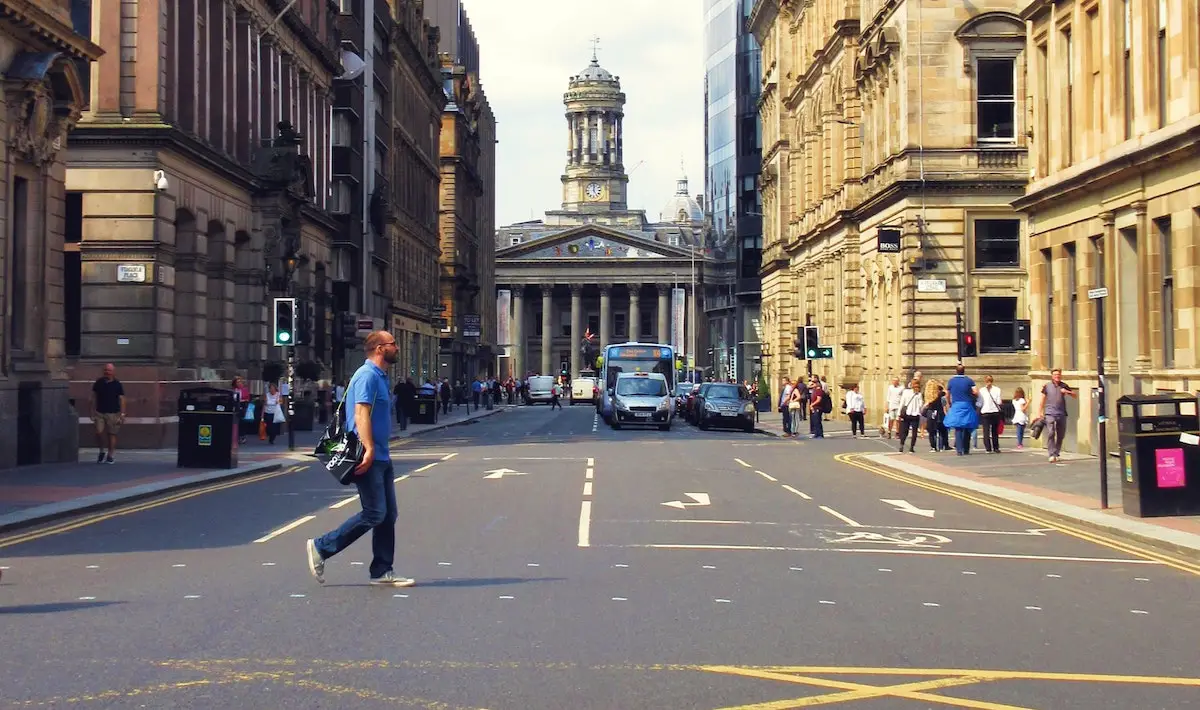Accessible public parks are an essential component of a good city. They give people the opportunity to get away from those other typical urban components of noise and density, providing a unique place for relaxation and recreation. But what if they can do more?
Greenspace Scotland is a charity which aims to ensure that “everyone living and working in urban Scotland should have easy access to quality greenspace which meets local needs and improves their quality of life.” Last month, they released a report demonstrating the energy generation potential of city parks (in Scotland and beyond), and the opportunity for income generation, cost savings, and a lower carbon footprint.
Across the globe, countries are stating their ambition to shift to net zero emissions, requiring a reduction in pollution and offset of remaining emissions by other measures. Greenspace Scotland argue that decarbonising energy systems is one of the biggest challenges. The following examples demonstrate how city parks can contribute to this goal.
Dundee, Scotland: Caird Park

Changes to Scottish Building Standards triggered a complete redevelopment of a park north of Dundee city centre, replacing old sports facilities and other buildings with energy efficient equivalents. As part of this site-wide redevelopment, construction of a Low Carbon District Energy Hub, utilising low or zero carbon technology, is also underway.
A 600kW Ground Source Heat Pump solution is being installed, made up of 116 boreholes, most of which are 200m (656 feet) deep. These extract ‘low grade heat’ (8°C-10°C/46°F-50°F) from the ground, using heat pumps to convert it into a more useable ‘higher grade heat’ (70°C/158°F). Heat pumps run on electricity, producing 3.6kW of heat energy for every 1kW of electrical energy used.
Solar thermal panels and solar PV panels on the roofs of the park’s buildings generate electricity and heat water for the site’s buildings, with gas boilers located on site as back up for peak periods. Additional capacity within the heating system has been earmarked for neighbouring buildings, with plans to connect social housing to the system in a future phase of development, helping alleviate fuel poverty.
A full case study is available here [pdf].
Bristol, England: Owen Square Park

Owen Square Park is located in Easton, an inner-city area of Bristol. Well-used by locals, it is home to sports facilities, green space and an energy centre which houses a hybrid air/ground heat pump. 12 boreholes, each 150m (492 feet) deep, are located beneath the park, with the resulting thermal energy (after a boost from heat pumps) used to heat the neighbouring community centre and its annex. As in Dundee, the electricity needs of the centre’s heat pumps are met by solar.
The Owen Square Community Energy co-op was created to manage the project, which is seen as a pilot to demonstrate the opportunity of small-scale, community-run combined heat and power schemes.
Greenspace Scotland note that one of the key learnings from this project was “the need to carefully research all the stakeholders involved and ensure that there is a well-planned programme of community engagement.”
A full case study is available here [pdf].
Edinburgh, Scotland: Saughton Park

In the Scottish capital, the heating needs of buildings in Saughton Park are met by harnessing the warmth of the ground, with electricity needs met through a micro-hydro scheme. Saughton Park is Edinburgh’s first green-powered park – a park generating energy from its on-site potential.
A combination of horizontal coils beneath the park’s grass and boreholes beneath a car park extract heat from the ground. A micro-hydro plant on the neighbouring Water of Leith takes advantage of water flow to offset the electricity demand of ground source heat pumps and the park’s buildings.
Economic considerations resulted in challenges for the project. Funding came from six sources, each with their own motivations, requirements and processes. Initial ambitions to use thermal energy to heat buildings surrounding the park proved unviable due to the cost and complexity of extending pipework outside the site.
A full case study is available here [pdf].
The physical and financial challenges of developing and extending energy infrastructure, as experienced in Edinburgh, could be difficult for any city aiming to turn public parks into renewable energy resources that have a positive impact beyond their boundaries. The potential is significant, however, with Greenspace Scotland sharing that public parks in urban Scotland have the potential to supply low carbon heat to 15% of Scottish households. Parks are a treasured, limited, and, in the neoliberal city, rapidly-commercialising resource. Ensuring buy-in from local people would be key, and as part of that, and indeed more than it, undertaking the projects with genuine social and environmental motivations would be critical.
Images: Spaans Babcock, ICAX, Greenspace Scotland


